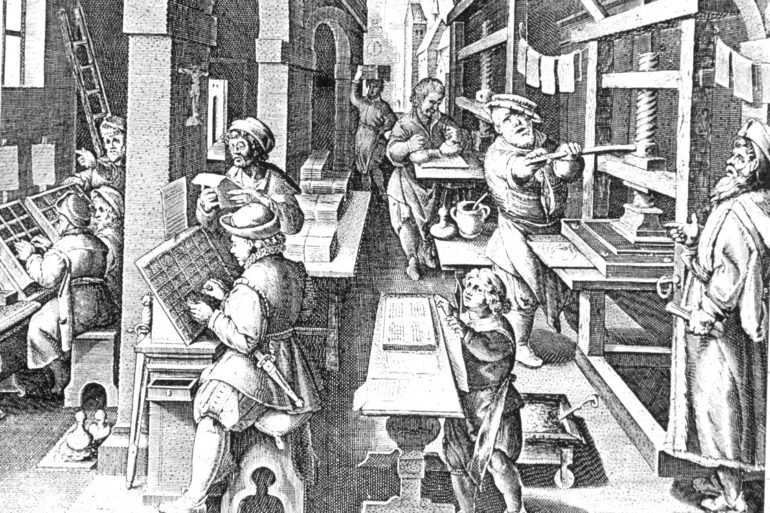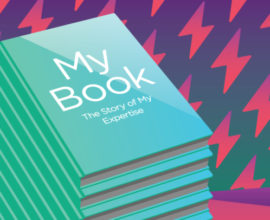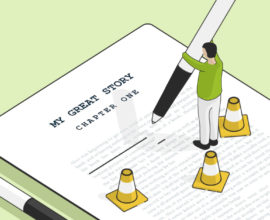How are Books Printed?
If you’ve decided to self-publish your book, you must know all the aspects of self-publishing. By all aspects, I mean from ideation to marketing and promoting your books. And knowing how your books are printed is an important thing you need to know as an author. It’s not like you send out your manuscript to your printer and that comes out as a book. Nope. There a lot of things involved in book printing, and the printing process you choose has a significant influence on the final quality of your book.
As of now, books are printed using two technologies – offset and digital printing. Both are equally preferred by printers and each printing technology has its own features and purpose. Check them out.
Offset Printing
It comprises of rollers that are fed with ink and pressed on paper, after they’re pressed on rubber plates. Once pressed on papers, the ink adheres to images, designs, and texts. Post this, the paper with the print comes out and is cut into sheets. It is then passed to other stages of printing such as trimming, folding, and binding. What you need to know about offset printing are its features and advantages. Here they’re listed:
- It’s cost-effective when large quantities of books have to be printed.
- They quality of reproduction of images and artwork is unparallel.
- They are time consuming and require at least two persons taking care of the printing process.
- They are expensive for short-runs.
Digital Printing
Digital printers are similar to the inkjet printers that you find in offices and homes. It eliminates a majority of the steps involved in offset printing and that’s the same reason why digital printing is becoming increasingly popular today. This technology delivers equally high print quality and eliminates the need of plates and rollers for printing. This technology has paved the way for print-on-demand, which is highly cost-effective and saves expenses on warehousing and distribution. Features of digital printing:
- It is best suited for short-runs.
- Increased turnaround time and less expense on maintenance and setup
- Black and white printing is less expensive.
- It is more expensive when large quantities of books have to be printed.
Knowing this basic difference between the two will allow you to approach your self-publishing company or a printing press better. It will also help you in realizing the expenses involved if you had to manually choose between offset and digital printing for your book.





